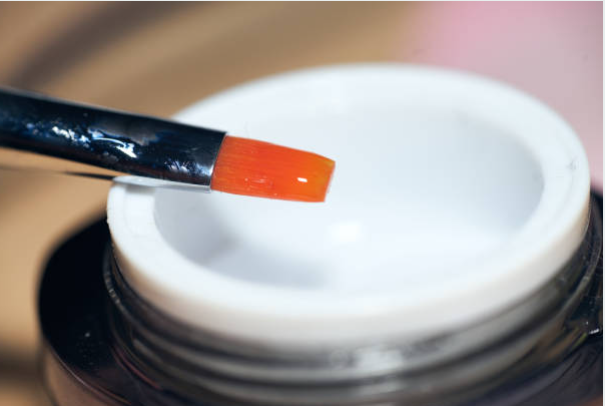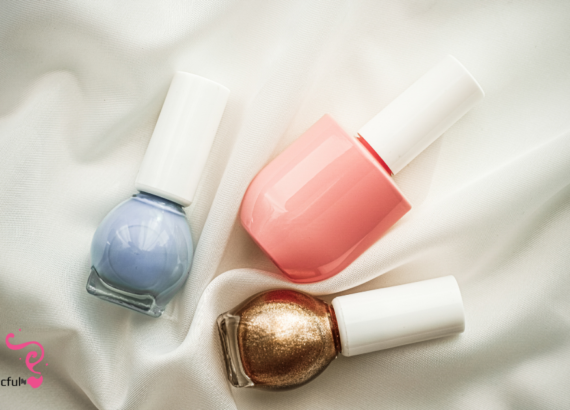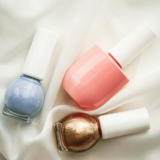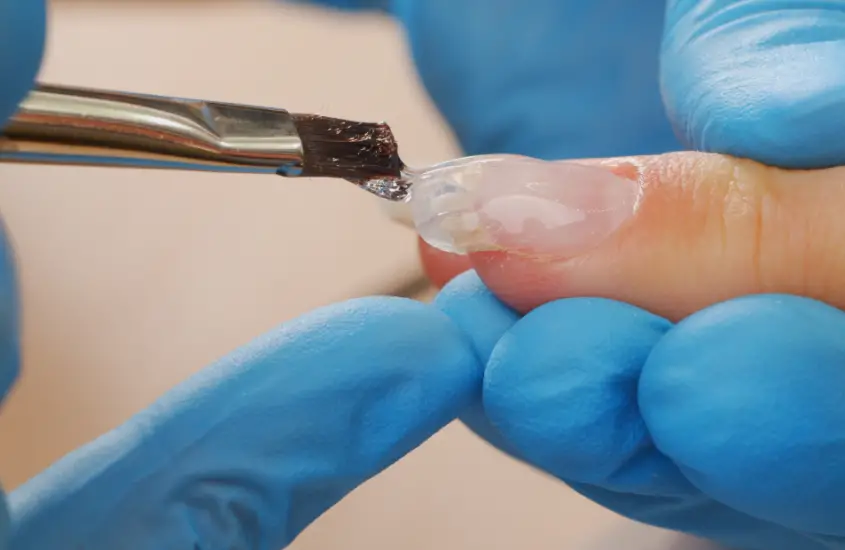Is Builder Gel Good for Your Nails?

When it comes to nail care and enhancement, builder gel has gained significant popularity. But is it truly beneficial for your nails, or could it pose risks? Let’s delve into the world of builder gel and explore its pros and cons to determine if it’s the right choice for you.
I. Benefits of Builder Gel
Builder gel offers several advantages that make it a preferred choice for many individuals seeking strong and durable nails.
1. Strengthens Nails
One of the primary benefits of builder gel is its ability to strengthen natural nails. By providing an additional layer of protection, builder gel helps prevent breakage and promotes healthier, more resilient nails.
2. Long-lasting
Unlike traditional nail polish, builder gel can last for weeks without chipping or fading. This long-lasting formula ensures that your manicure remains intact for an extended period, saving you time and effort in frequent touch-ups.
3. Versatile Application
Builder gel offers versatility in terms of application. Whether you prefer a natural look or want to experiment with intricate nail art designs, builder gel provides a smooth canvas for various styles and finishes.
II. Drawbacks of Builder Gel
While builder gel offers numerous benefits, it’s essential to consider potential drawbacks before committing to this nail enhancement option.
1. Requires UV/LED Curing
To cure builder gel properly, you’ll need a UV or LED lamp. This additional step adds to the time and equipment required for a builder gel manicure, making it less convenient for some individuals.
2. Removal Process
Removing builder gel can be challenging and time-consuming. The process typically involves soaking nails in acetone for an extended period to break down the gel layers, which may weaken natural nails if not done correctly.
III. Is Builder Gel Safe for Your Nails?
The safety of builder gel largely depends on its ingredients and proper application techniques.
1. Ingredients to Look Out For
When choosing a builder gel product, it’s essential to scrutinize the ingredients list for potentially harmful chemicals such as formaldehyde, toluene, and DBP. Opting for builder gels formulated without these harsh additives can minimize the risk of adverse reactions and promote healthier nails.
2. Potential Risks and Side Effects
While builder gel is generally safe when applied correctly, improper application or prolonged exposure to UV/LED lamps can lead to nail damage and irritation. It’s crucial to follow manufacturer instructions and seek professional guidance to mitigate these risks.
IV. How to Choose a High-Quality Builder Gel
Selecting the right builder gel product is key to achieving desirable results without compromising nail health.
1. Research Ingredients
Before purchasing a builder gel, conduct thorough research on its ingredients to ensure they align with your preferences and safety standards. Look for products that prioritize natural and non-toxic formulations.
2. Read Reviews
Reading customer reviews and testimonials can provide valuable insights into the performance and reliability of different builder gel brands. Pay attention to feedback regarding application ease, durability, and overall satisfaction.
3. Seek Professional Advice
If you’re unsure about which builder gel product to choose or how to apply it correctly, don’t hesitate to seek guidance from a qualified nail technician or beauty professional. They can offer personalized recommendations based on your specific needs and preferences.
V. Tips for Applying and Maintaining Builder Gel
To maximize the benefits of builder gel and minimize potential risks, follow these tips for application and maintenance:
1. Proper Application Technique
Ensure that you apply builder gel evenly and thinly to avoid bulkiness and ensure proper curing. Use precise brush strokes and gentle pressure to achieve smooth and flawless results.
2. Regular Maintenance
To prolong the lifespan of your builder gel manicure, practice proper nail care habits such as moisturizing cuticles, avoiding harsh chemicals, and wearing gloves when performing household chores. Schedule regular touch-up appointments to fill in any gaps or regrowth and maintain the integrity of your nails.
VI. Alternatives to Builder Gel
If builder gel isn’t suitable for your preferences or lifestyle, several alternative nail enhancement options are worth exploring.
1. Dip Powder
Dip powder manicures offer similar longevity and durability to builder gel without the need for UV/LED curing. This acrylic-based system involves dipping nails into colored powder and sealing with a protective topcoat for a strong and glossy finish.
2. Acrylic Nails
Acrylic nails remain a popular choice for individuals seeking long-lasting and customizable nail enhancements. This technique also involves applying liquid monomer and powdered polymer to create a durable and sculpted extension over natural nails.
Conclusion
In conclusion, builder gel can be a beneficial option for strengthening and beautifying your nails, thanks to its long-lasting formula and versatile application. However, it’s essential to weigh the pros and cons carefully and prioritize nail health and safety. By choosing high-quality products, following proper application techniques, and practicing regular maintenance, you can enjoy the benefits of builder gel while minimizing potential risks.
FAQs
- Is builder gel suitable for natural nails?
- Yes, builder gel can strengthen natural nails and provide additional protection against breakage.
- Can builder gel cause nail damage?
- Improper application or prolonged exposure to UV/LED lamps may lead to nail damage and irritation.
- How long does a builder gel manicure last?
- A properly applied builder gel manicure can last up to three weeks or longer with proper maintenance.
- What should I look for when choosing a builder gel product?
- Look for builder gels formulated without harsh chemicals such as formaldehyde, toluene, and DBP, and prioritize brands with positive customer reviews.
- Can I remove builder gel at home?
- While it’s possible to remove builder gel at home using acetone, professional removal is recommended to minimize the risk of nail damage.








